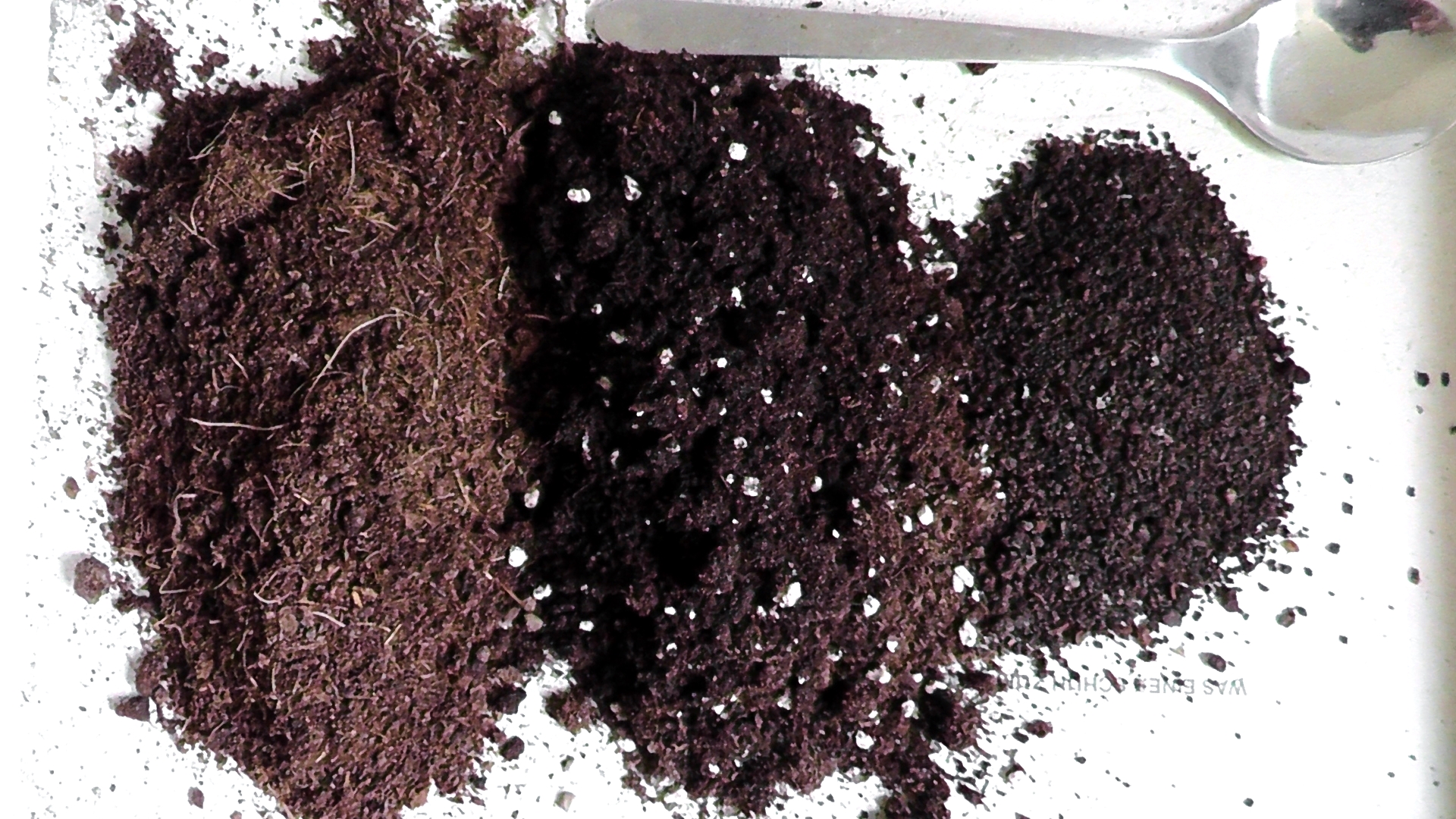 https://homeguides.sfgate.com/trim-rose-bush-summer-40192.html
https://homeguides.sfgate.com/trim-rose-bush-summer-40192.html
BACKGROUND: Deciduous shrub cuttings are cuttings taken from non-woody plants. Growing new plants from deciduous cuttings is generally fast, easy, and cost-effective. In this example, rose cuttings (Rosaceae rosa) will be used. Rose cuttings are easy to take and plant but require certain care after planting. Environment also plays a role in the success rate of the cuttings. If cuttings are grown indoors, they will need a period of “hardening off” to adapt to conditions outside. (Plant Natural Research Center, 2019)
MATERIALS: To make propagate roses from cuttings, you’ll need the following items:
- Razor blade or pruning shears.
- Growth medium.
- Plastic containers.
- Rose plant.
- Rooting hormone (can be liquid or powder).
- Water and paper towels (to keep the cuttings moist).
- Small stick to make planting holes.
- Dish for rooting hormone.
- Plastic (to cover cuttings and ensure high humidity).
CONTAINER: The containers must be sterile and have holes on the bottom to allow for drainage. Plastic containers are recommended. For small quantities of cuttings, 3-3 ½” plastic pots are recommended. For larger quantities, 5-6″ containers are adequate. For transplanting, biodegradable pots of the same dimensions as above are ideal to avoid root disturbance after establishment of the root system.
TIPS FOR PLANTING MEDIUM: Growing medium should be a good quality growing mix that is light and fast draining. It should also contain organic matter to ensure moisture and nutrients for the cuttings. Good materials to make the growing medium from include perlite to ensure light weight and pore space, potting soil, vermiculite to attract certain nutrients such as potassium and calcium and trap moisture, and organic matter such as compost. Medium should be watered, but not to the point where its soggy.

TAKING CUTTINGS: Cuttings should be taken from roses in spring when they are still dormant and so that the cuttings will have the upcoming growth year to mature. Rose cuttings should be taken from new growth which is located at the top of each plant. Material with flower buds should be avoided. Take cuttings from healthy, disease-free plants. (Evans, 1999)
1) Before you take cuttings, sterilize your tools by washing with soap and water or use an alcohol solution.
2) Locate a stem segment that is 6-12 inches long and has a couple of leaves attached.
3) Use a razor blade or pruning shears to slice of the stem at a 45-degree angle. (Hansen, 2018) Make this cut just below a leaf node. You’ll want about 4 nodes on each stem.

https://www.wikihow.com/Take-Rose-Cuttings
4) Remove lower leaves from the cutting except for 1 pair of leaves at the top. (BBC Gardeners’ World Magazine, 2011) Also, remove any flower buds since they consume the plant’s energy. If there is a delay between this step and dipping the cutting in rooting hormone, store cuttings in refrigerator (see STORAGE OF CUTTINGS).
STORAGE OF CUTTINGS: Cuttings can be stored in a plastic bag wrapped in moist paper towels in a refrigerator. This can be done in the event of a delay in between making the cuttings and dipping them into the rooting hormone for planting. Refrigerator should be 34-36 degrees Fahrenheit. Cuttings can keep in fridge for 2-3 weeks.
Warning: Herbaceous cuttings MAY NOT be frozen at any time.
ROOTING HORMONE: The best rooting hormones to treat rose cuttings are IBA Auxin or NAA Auxin. Do not use IAA Auxin. IAA is naturally occurring in plants. IBA or NAA can be used in either liquid or powder form. Store rooting hormone in plastic dish prior to and during use. Remember to follow concentration instructions on package. If you are using liquid hormone, calculate the amount of hormone needed per the amount of water you have. Powdered hormone is generally the easiest to work with since you are given a set concentration.
PLANTING THE CUTTINGS:
- Dip the bottom 2 inches of the cutting into a rooting solution. Rooting solutions are most commonly liquid or powder forms of IBA or NAA Auxin.
- Use a small stick to poke a hole into the growth medium and insert cutting into the pot. Make sure cutting stays upright before moistening the soil.
- Cover the cuttings with plastic to retain humidity and moisture during the growing process. (Iannotti, 2019) DO NOT wrap the cuttings or the pot in plastic wrap. Cover with a clear plastic bag. (Rohn, Chapter 7)If you’re growing cuttings in a plug tray, cover the plug trey with a clear plastic top.
:max_bytes(150000):strip_icc():format(webp)/step07-743880a6dbc941d0a59a1c01f1f67b8b.jpg)
https://www.thespruce.com/can-you-grow-roses-from-cuttings-1403059
CARE AND GROWTH: Rose cuttings will require high moisture, high humidity, and plenty of warmth and sunlight. After covering cutting pots with plastic, place cuttings near a window with plenty of sunlight if growing indoors. If growing outside, plant cuttings directly into soil if conditions are moist and warm enough (above 65- and 80-degrees Fahrenheit). Keep growing media or soil moist until roots begin to appear in 10-14 days. (UC-Davis) If growing cuttings indoors, allow them to “harden off” before transplanting them. When ready to be transplanted, remove plastic and place directly in the ground.

https://www.gardenersworld.com/how-to/grow-plants/how-to-take-rose-cuttings/
RESOURCES:
BBC Gardeners. (2019, June 26). How to take rose cuttings. Retrieved October 8, 2019, from https://www.gardenersworld.com/how-to/grow-plants/how-to-take-rose-cuttings/.
Evans, E., & Blazich, F. (1999, January 31). Plant Propagation by Stem Cuttings: NC State Extension Publications. Retrieved October 8, 2019, from https://content.ces.ncsu.edu/plant-propagation-by-stem-cuttings-instructions-for-the-home-gardener.
Hansen, J. (2018). Reproduce and Grow Roses from Cuttings. Retrieved October 9, 2019, from https://www.gardentech.com/blog/how-to-guides/growing-roses-from-cuttings.
How to Propagate Roses. (2019). Retrieved October 9, 2019, from https://www.planetnatural.com/rose-gardening-guru/propagating/.
Iannotti, M. (2019, October 8). Create New Roses by Rooting Stem Cuttings. Retrieved October 9, 2019, from https://www.thespruce.com/can-you-grow-roses-from-cuttings-1403059
Rohn, M. A. (2012). Caring for Roses: Learn How to Grow Roses from Seeds, Cuttings, in the ground, and in containers. Noah Publishing.
University of California-Davis, “Softwood Rose Cuttings,” UC Division of Agriculture and Natural Resources.


Hi, this is a comment.
To get started with moderating, editing, and deleting comments, please visit the Comments screen in the dashboard.
Commenter avatars come from Gravatar.